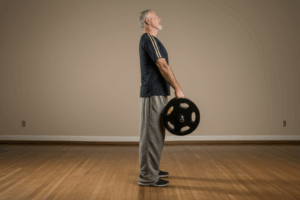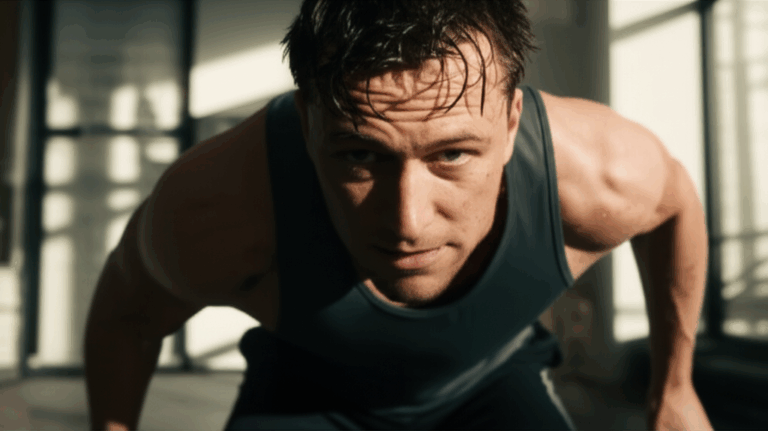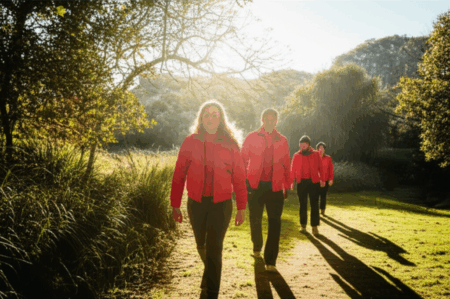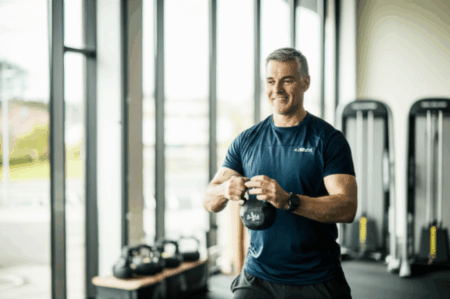Austin Butler has carved out a reputation as a Hollywood chameleon, not just for his captivating acting, but also for his profound physical transformations for various roles. From embodying the King of Rock ‘n’ Roll to a formidable antagonist in a sci-fi epic, Butler’s dedication to his craft extends deep into his fitness and diet, taking his body to extreme lengths to inhabit each character authentically.

The Physical Demands of Method Acting
Butler’s commitment to method acting often involves significant changes to his physique. He once admitted to feeling that the process had to be “tortured” to achieve the desired outcome, leading to intense physical journeys that push his body to its limits. These transformations are not merely about aesthetics but about fully embodying the character’s physical presence, movement, and energy.
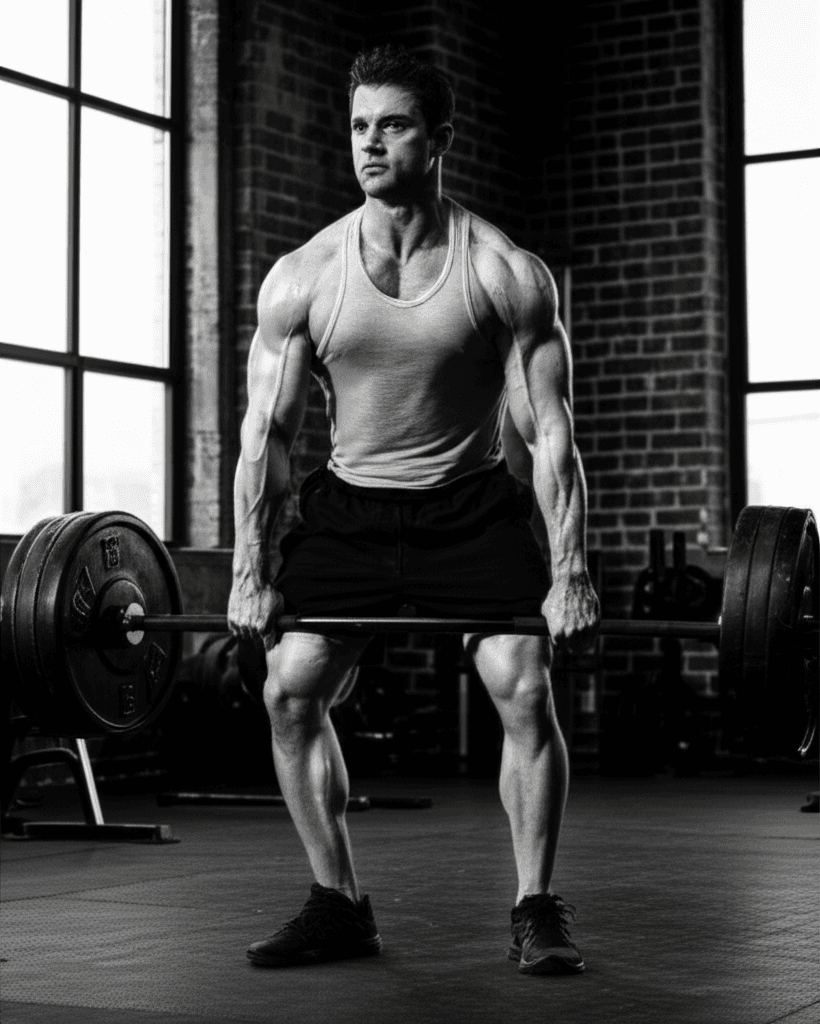
Bulking Up for the King: Austin Butler’s Elvis Transformation
For his Oscar-nominated role as Elvis Presley in Baz Luhrmann’s Elvis, Butler had to portray the singer across different stages of his life, including his later, heavier years. To achieve this, Butler deliberately gained weight, drawing inspiration from an unconventional method used by Ryan Gosling.
The Elvis Diet: Microwaved Ice Cream and Doughnuts
Butler revealed he adopted a high-calorie diet that included microwaved Häagen-Dazs ice cream, which he would drink, and consuming two dozen doughnuts. While effective for rapid weight gain, Butler confessed, “It’s fun for a week, and then you feel awful about yourself”. This less-than-healthy approach was crucial for accurately depicting Elvis’s physical decline, demonstrating Butler’s willingness to go beyond conventional fitness norms for a role.
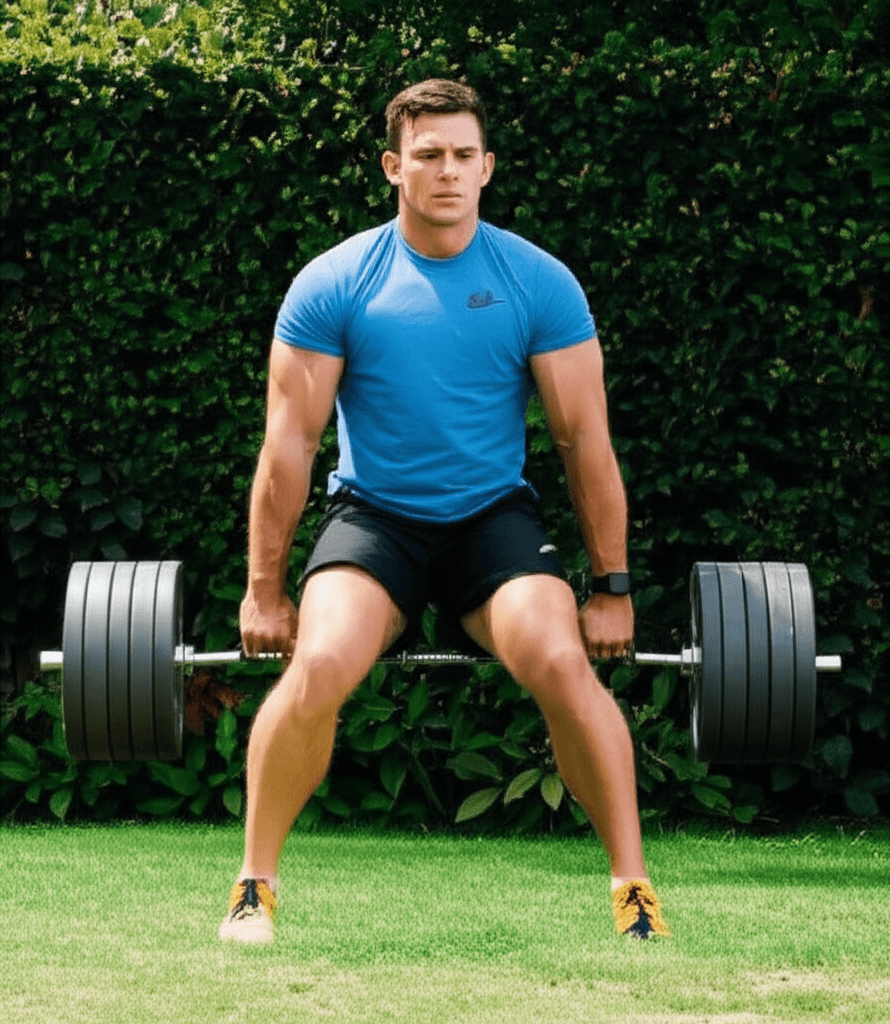
Shredded for the Sands: Dune: Part Two and Feyd-Rautha
Following the Elvis production, Butler underwent a dramatic shift to portray the bald, imposing, and physically shredded antagonist Feyd-Rautha Harkonnen in Dune: Part Two. This required a significant lean-out and muscle-building phase.
Training with a Former Navy SEAL
For Dune: Part Two, Butler collaborated with celebrity trainer and former Navy SEAL Duffy Gaver, known for working with actors like Brad Pitt. Gaver’s philosophy for Butler’s transformation was straightforward: “He just ramps up the weight, so you’re just getting heavier and heavier.”
The training regimen focused heavily on weight training to build a “shredded physique” and functional strength, enabling Butler to appear physically imposing for the film’s intense scenes. Gaver’s direct dietary advice was equally no-nonsense: “Chicken, broccoli, brown rice, and lift, motherf**kers.” This high-protein, nutrient-dense diet supported muscle growth and met the energy demands of his rigorous training.
Abs of an Arena Fighter
To achieve Feyd-Rautha’s defined core, Butler’s training likely incorporated exercises like feet-anchored sit-ups, GHD sit-ups, reverse crunches, and hanging leg raises, focusing on both contraction and controlled descent for maximum abdominal stimulus.
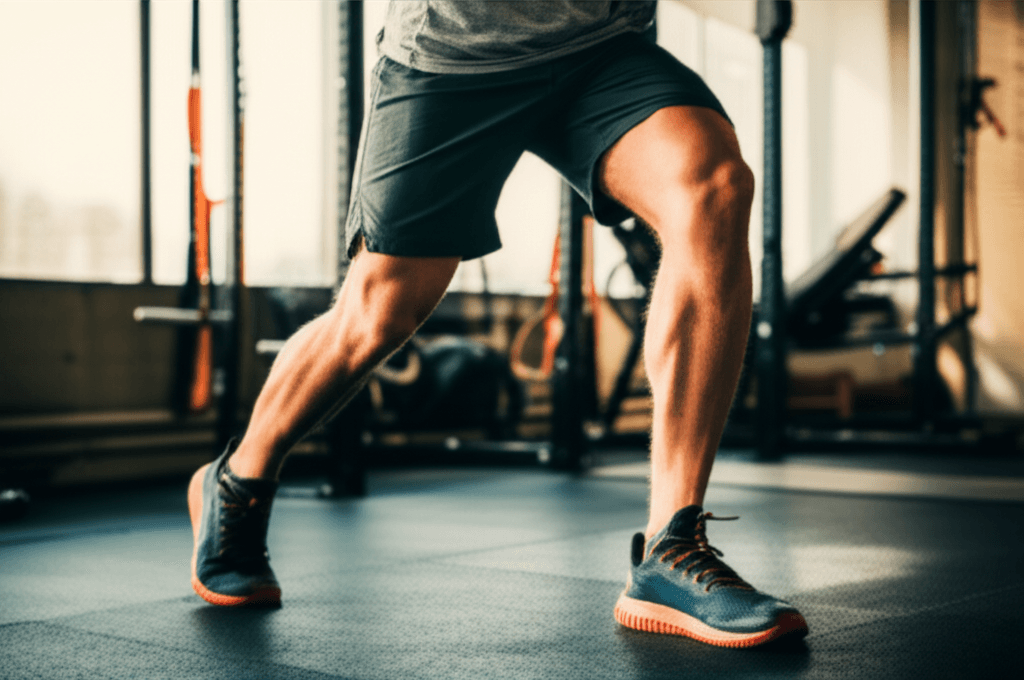
Building the “Baseball Butt” for Caught Stealing
Butler’s latest transformation for Darren Aronofsky’s film Caught Stealing saw him take on the role of Hank Thompson, a former baseball star and bartender. For this, director Aronofsky specifically requested Butler develop a “thick” and “bulky” rear-end to accurately portray a baseball player.
Glute-Focused Training with Beth Lewis
To achieve this specific physique, Butler worked with trainer Beth Lewis, who also trained Hugh Jackman for Deadpool & Wolverine. Their primary focus was on building muscle mass in the glutes. Butler revealed he did “a ton of hip thrusters” to target this muscle group effectively. Hip thrusts are recognized for their ability to load the glutes heavily, promoting significant muscle gain and improving lower body strength and power.
The Caught Stealing Diet: Pizza and Beer
Alongside intensive glute training, Butler’s diet for Caught Stealing was adjusted to help him gain mass without becoming overly cut. He gained 35 pounds over six months, going from 68kg to 84kg. Since his character was also an alcoholic bartender, his diet included a lot of pizza and beer to aid in weight gain, though Butler admitted drinking was challenging for him. On “healthier days,” his diet consisted of omelets, chicken kebabs, and occasional steak.
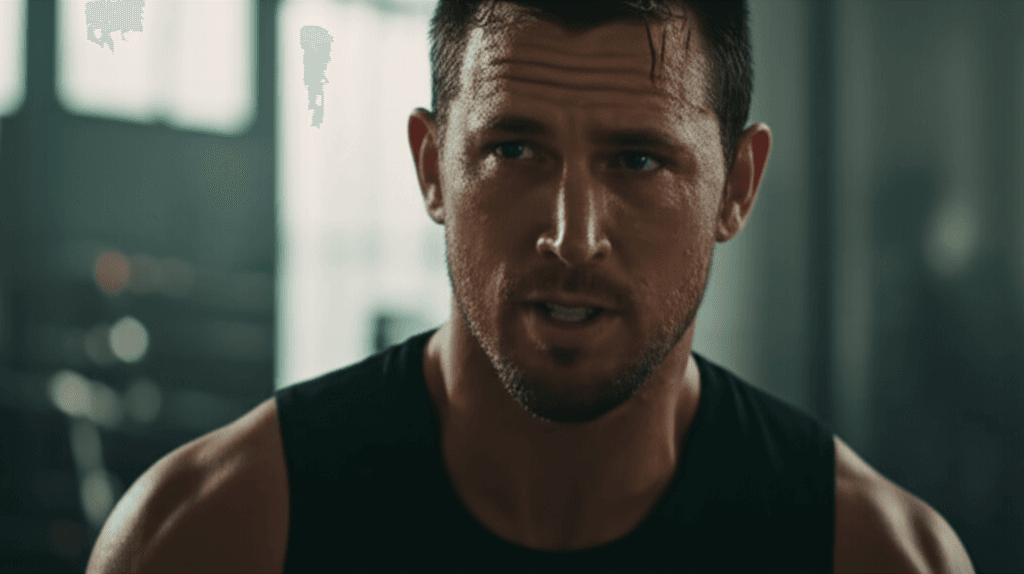
Functional Strength and Mindful Recovery
After years of extreme transformations, Butler has started to prioritize training smarter to maintain resilience and functional strength, especially as his roles continue to demand diverse physicalities. He recently teamed up with coach Roy Chan, who designs workouts focused on dynamic, athletic movements and cardio, such as running and assault biking, rather than just heavy squats and deadlifts.
Current Training Philosophy
His current routine emphasizes functional strength, incorporating exercises like kettlebell complexes (single-arm rows, cleans to reverse lunges, overhead presses) and lunges with a strongman log twist, which build strength that directly translates to on-screen demands.
The Importance of Sleep and Recovery
Butler also learned a unique wind-down routine from his The Bikeriders co-star Tom Hardy to combat sleepless nights after intense filming. While Hardy would do 1,000 box jumps with a weighted vest, Butler opted for a slightly less intense version: a high-incline treadmill walk for half an hour, followed by a sauna session and a cold shower. This routine helps him achieve deep sleep and manage the mental and physical toll of his demanding career.
Austin Butler’s journey through these grueling workout routines and dietary changes highlights his profound commitment to his craft. Each transformation is a testament to his dedication, allowing him to authentically embody the diverse characters he brings to life on screen.

